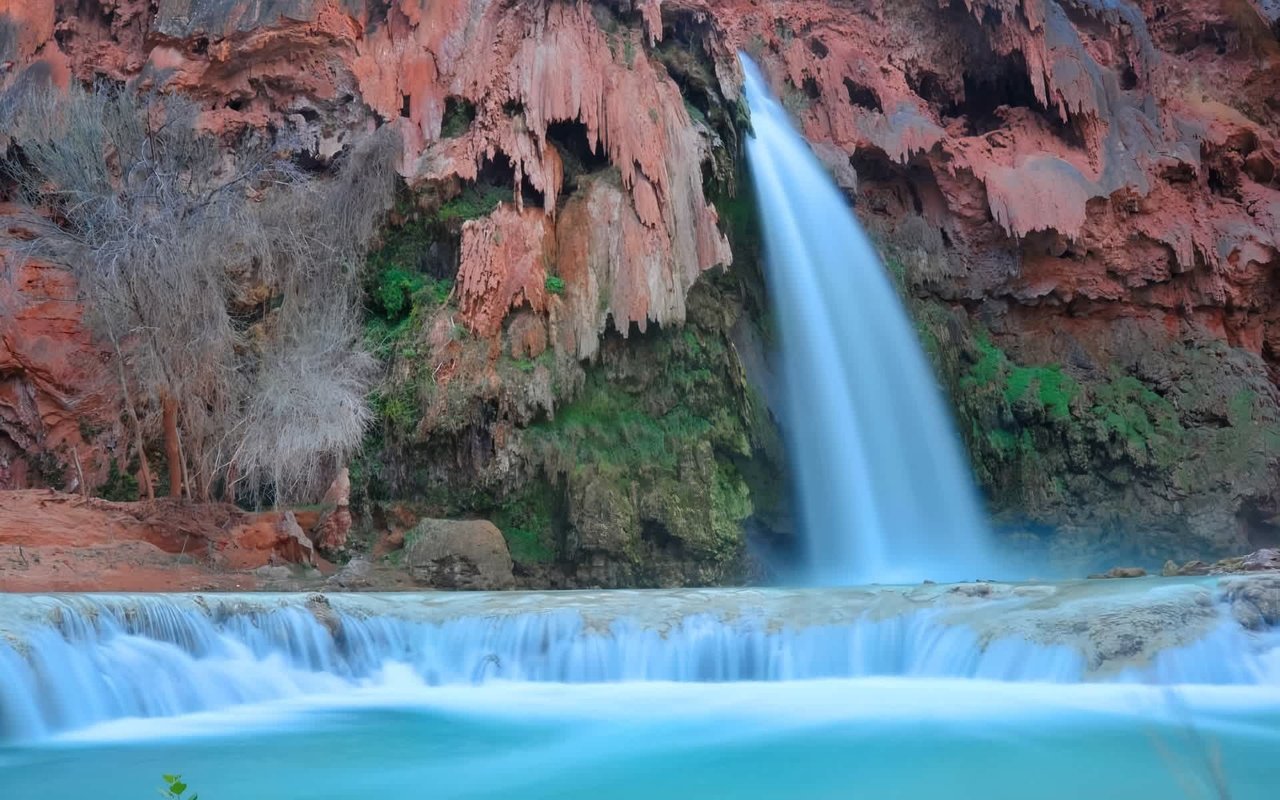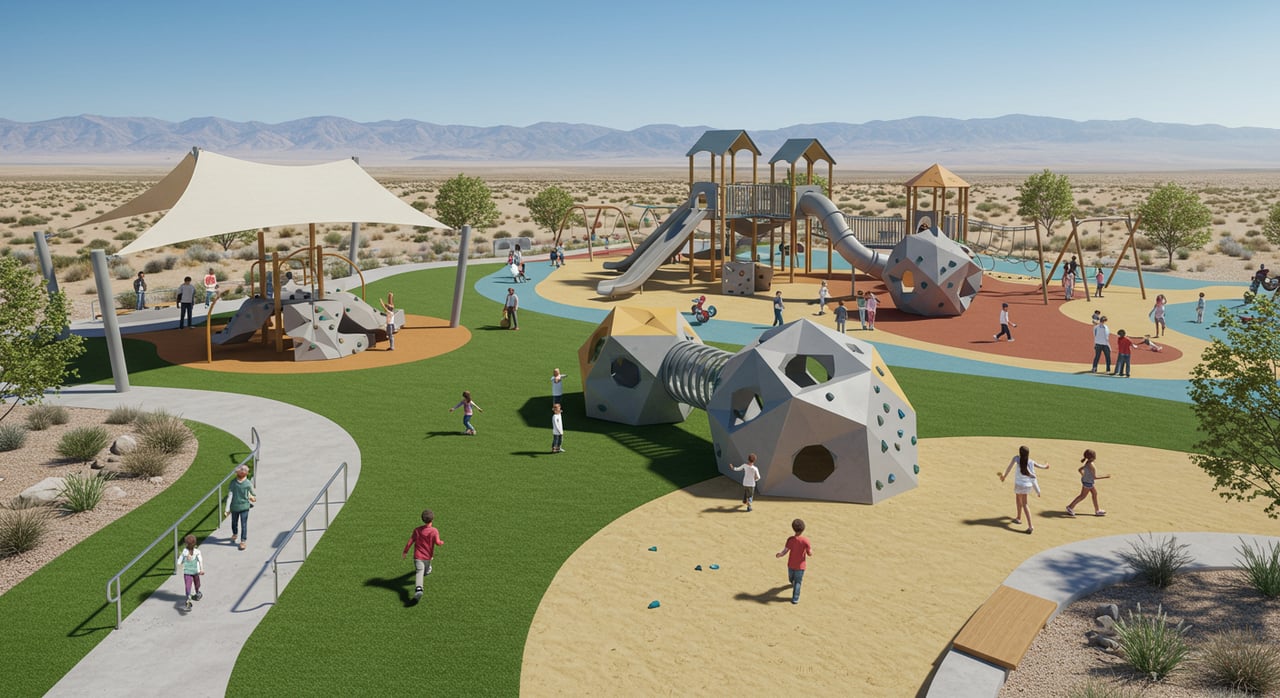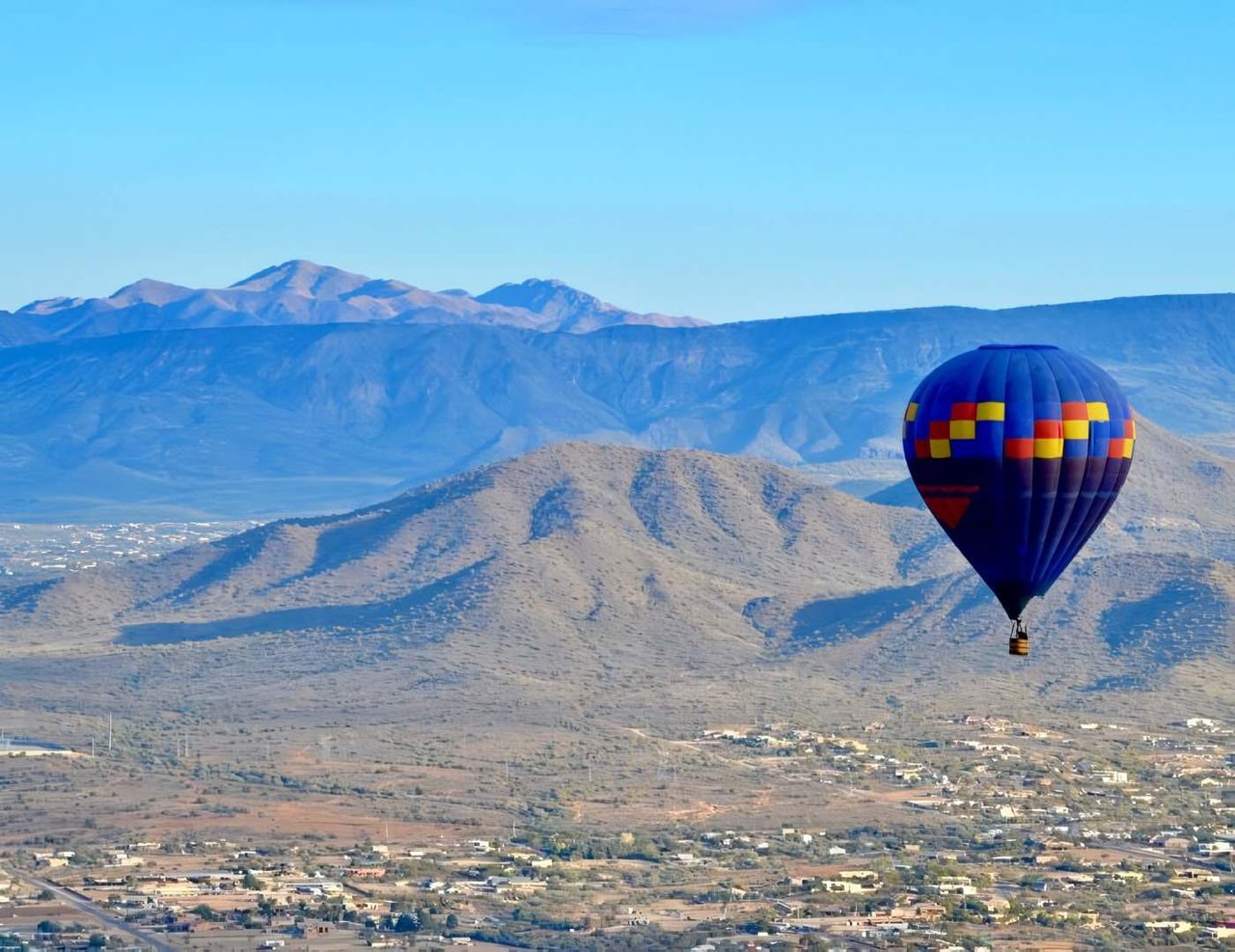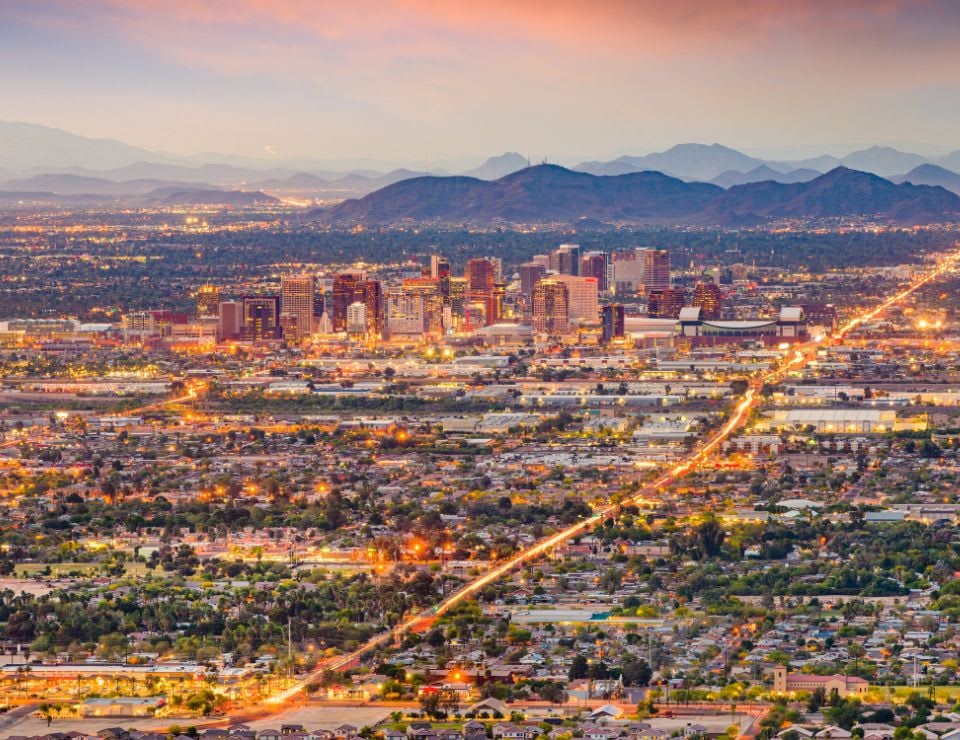When you think of things to do in Arizona, you surely envision visiting the Grand Canyon, Flagstaff, or the Saguaro forests of Tucson. But there is so much more to this desert state than its most highly trafficked tourist destinations. Some of Arizona’s greatest gems are not only off the beaten path, but are lesser known to visitors and residents alike. If you’re looking for stunning sunsets, Native American history, or a stroll among dinosaurs, check out some of the top places to visit in Arizona (some of them may surprise you!)
Best Places to Visit in Arizona
Vermillion Cliffs National Monument:
Known for the striking colors streaked throughout the rock formations, Vermillion Cliffs captures Arizona’s iconic desert beauty. The cliffs can be seen from highway 89A, between Jacobs Lake and Marble Canyon. Within the nearly 300,000 acres of protected land here, visitors can enjoy hiking, and some of the most unspoiled and breathtaking views in all of the west.
White Mountains:
Located in Eastern Arizona, near the New Mexico border, the White Mountains offer high country fun in an otherwise desert laden state. With a ski resort, beautiful hikes, camping areas, and small towns full of character and fun things to do, a visit to the White Mountains offers nearby respite and change from the desertscape and heat.
Mt. Lemmon:
North of Tucson, Mt. Lemmon is known as the summer retreat of Arizona. The temperatures are usually a whopping 30 degrees cooler than in Tucson, and the drive up through the Catalina Foothills is breathtaking. Atop the mountain there is even a small town, Summerhaven; where many Arizona residents have summer homes and year round residents just enjoy the peace and solitude of this tiny mountain town. Mt. Lemmon isn’t just a summer destination, though it may be well known as such. For the winter enthusiast who thinks they could never live in the desert without skiing, Mt. Lemmon is the perfect place for a skiing getaway. Mt. Lemmon Ski Valley is the country’s southernmost ski resort, but don’t let that deter you; they still get enough snow to get in some turns!
Learn More: Where to Live in Scottsdale, Arizona
Devil’s Bridge Trail:
Devil’s Bridge is Sedona’s largest natural sandstone bridge, and the accompanying trail gives visitors a path to get up close and personal with this unique natural wonder. The hike to get to Devil’s Bridge is only about two miles round trip, and is moderate in difficulty, so worry not if you aren’t exactly the most adventuresome hiker! Once you have seen the bridge, there is much to see and do in Sedona, so it’s well worth the trip for an afternoon, day, or even weekend getaway.
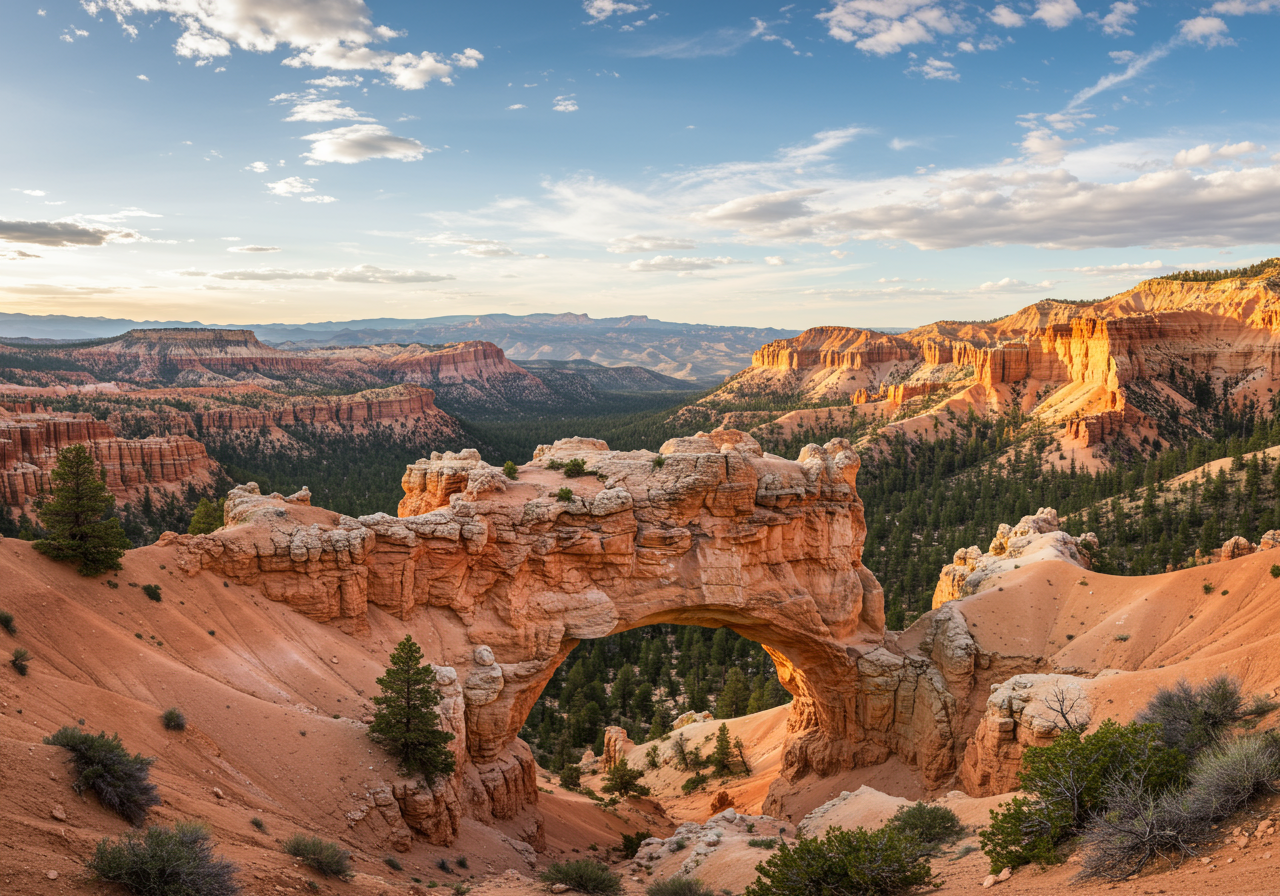
Bisbee, Arizona:
One of America’s true boomtowns of the 20th century, Bisbee was once home to one of the largest copper mining operations in the nation. Here guests can tour an underground mine, and see original homes dotted about the canyon that once belonged to miners. The town is rich with history and charm, and even if you aren’t interested in all of its blast from the past glory, it’s a wonderful place to visit to enjoy its small shops, art galleries, and interesting architecture.
Organ Pipe Cactus National Monument:
Much like the Saguaro Cactus is native only to the Sonoran Desert, this nature preserve on the southern border of Arizona, near the Mexico Border, is the only home of the Organ Pipe Cactus. The monument is a protected biosphere where visitors can witness some of the country’s southernmost flora and fauna. Hiking and camping are common ways visitors enjoy the park, especially the star filled night sky, far from the threat of city light pollution.
Heard Museum:
If you are interested in learning more about the native people of the Sonoran Desert, taking a trip to the Heard Museum in Phoenix is an absolute must. Spanning the diverse tribes of all parts of Arizona, the museum is replete with a wealth of information, as well as some of the most impressive artifact collections in the country.
Meteor Crater National Landmark:
Located in northern Arizona, Meteor Crater National Landmark is home to one of the most well preserved meteor craters on the planet. Between Winslow and Flagstaff, the landmark stands as a reminder of our constantly intertwined relationship with the cosmos above us. The Barringer Space Museum on the grounds offers rim tours of the crater, history of the geological impact and events following the meteor’s impact, and interactive learning for visitors of all ages.
Wupatki Ruins:
Curious about how the first people inhabited the Arizona desert? Pay a visit to the ruins in Wupatki National Monument. Still standing among the park, the ruins of masterfully engineered pueblos invite visitors to step into the past, and imagine a life carved out of the unforgiving desert. Nearby Sunset Crater, where visitors can see the youngest volcano in the San Francisco Peaks, is an excellent place to stop by on the way to or from, as well.
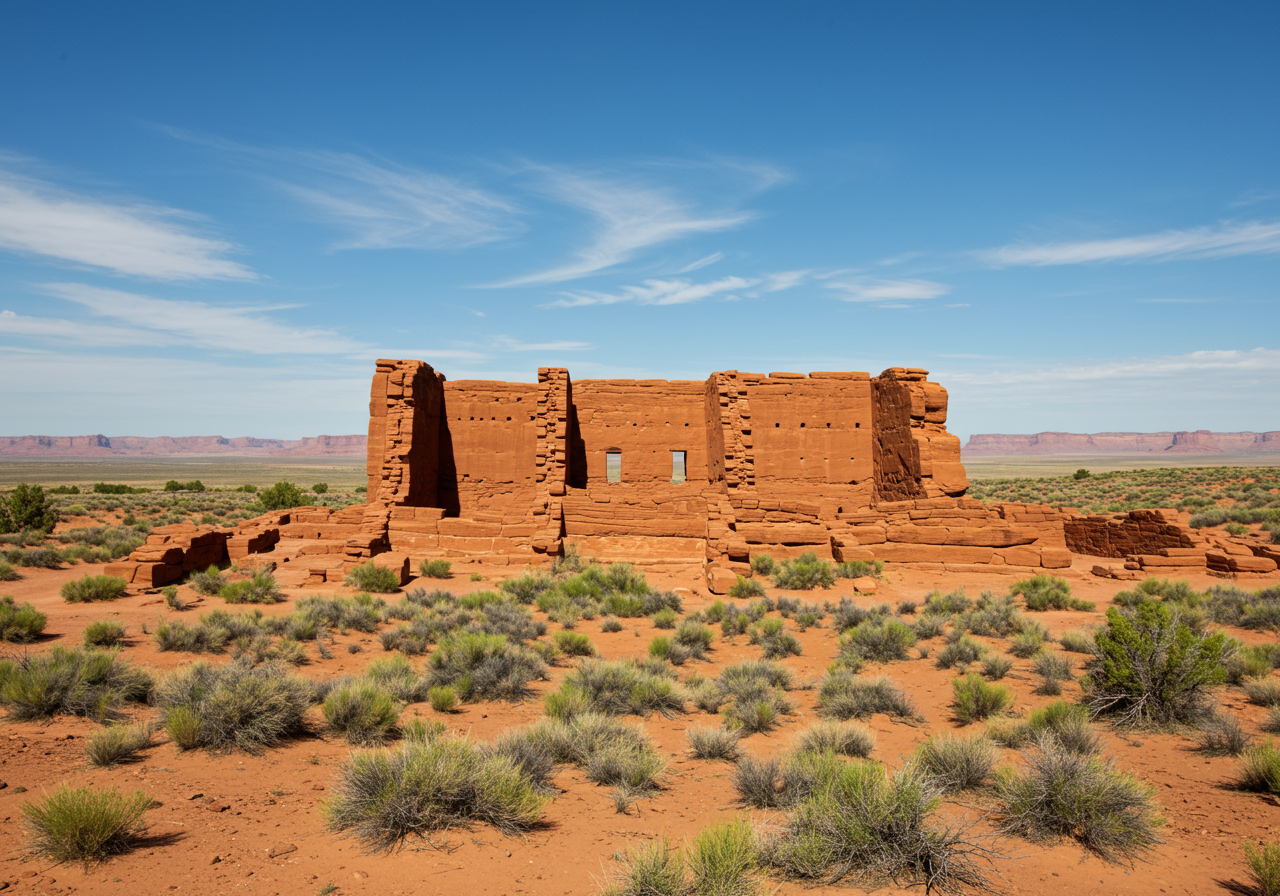
Horseshoe Bend:
Horseshoe Bend is one of Arizona’s most photographed and iconic spots. This well known lookout over the Colorado River allows visitors to not only take in the unique geography of the “horseshoe” created in the river’s winding path, but is often referred to as the “east rim of the Grand Canyon.” But be careful; don’t get too close to the edge, because it’s a long, long way down!
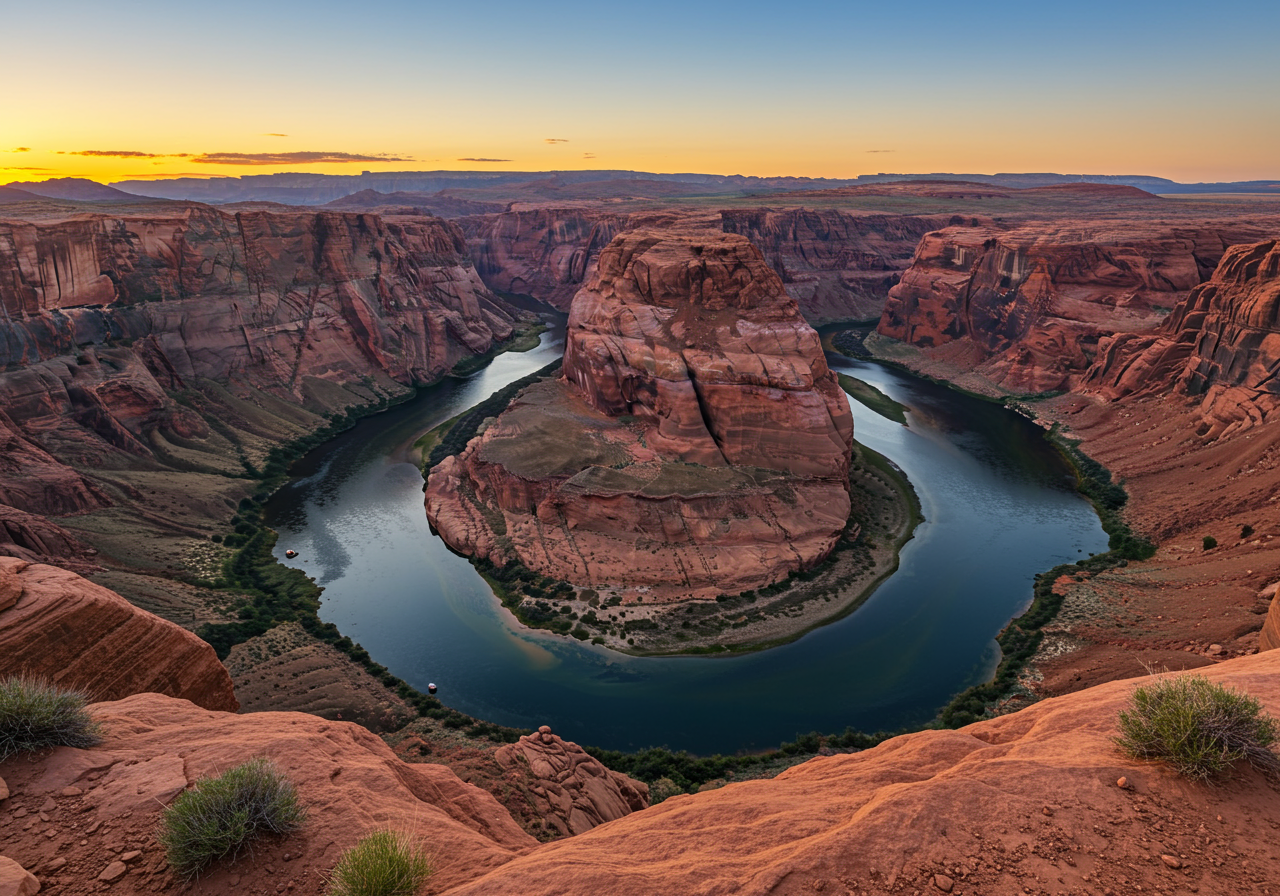
Petrified Forest National Park:
As the name entails, the Petrified Forest is home to some of the oldest botanical life in America. Of course, we didn’t say living botanical life, as many of its residents lived and thrived here over 225 million years ago. Though the fossilized remains of trees, ferns, and even a few dinosaurs bring many visitors, there’s much to see and do within the park. Pueblos and petroglyphs left by the park’s first human inhabitants can be found, and hikers can enjoy the park’s many maintained trails. Keep in mind that camping and overnight parking in the park is prohibited, with the exception of backpackers with permits.
Learn More: Best Places to Live in Arizona
Havasupai Falls:
Growing in popularity, visiting the falls and home of Supai people has become one of the top reasons for out-of-state visitors to come to Arizona. Stunning aquamarine water from the Colorado River flows from the falls throughout the canyon, offering not only a cool respite from the desert sun, but incredible, once in a lifetime photos for visitors. Due to the growing interest, permits for this 20 mile out and back backpacking trip are hard to come by, and the lottery system used by the Supai reservation to control the number of visitors is hard to crack. That doesn’t mean you’ll never get to go, it just means it’s getting harder and harder to get in.
Antelope Canyon:
Rivaling Havasupai Falls in recent popularity are the slot canyons of Antelope Canyon. The seemingly painted walls of these canyons, formed by years and years of desert wind carving through the narrow passages, show a stunning array of sediment in various layers. Also like Havasupai, you will need a permit to visit this highly photogenic Arizona gem, so be sure to do your research if you are interested in touring the slot canyons in Antelope Canyon. Even harder to get, however, will be your chance at taking a photo without other visitors in it.
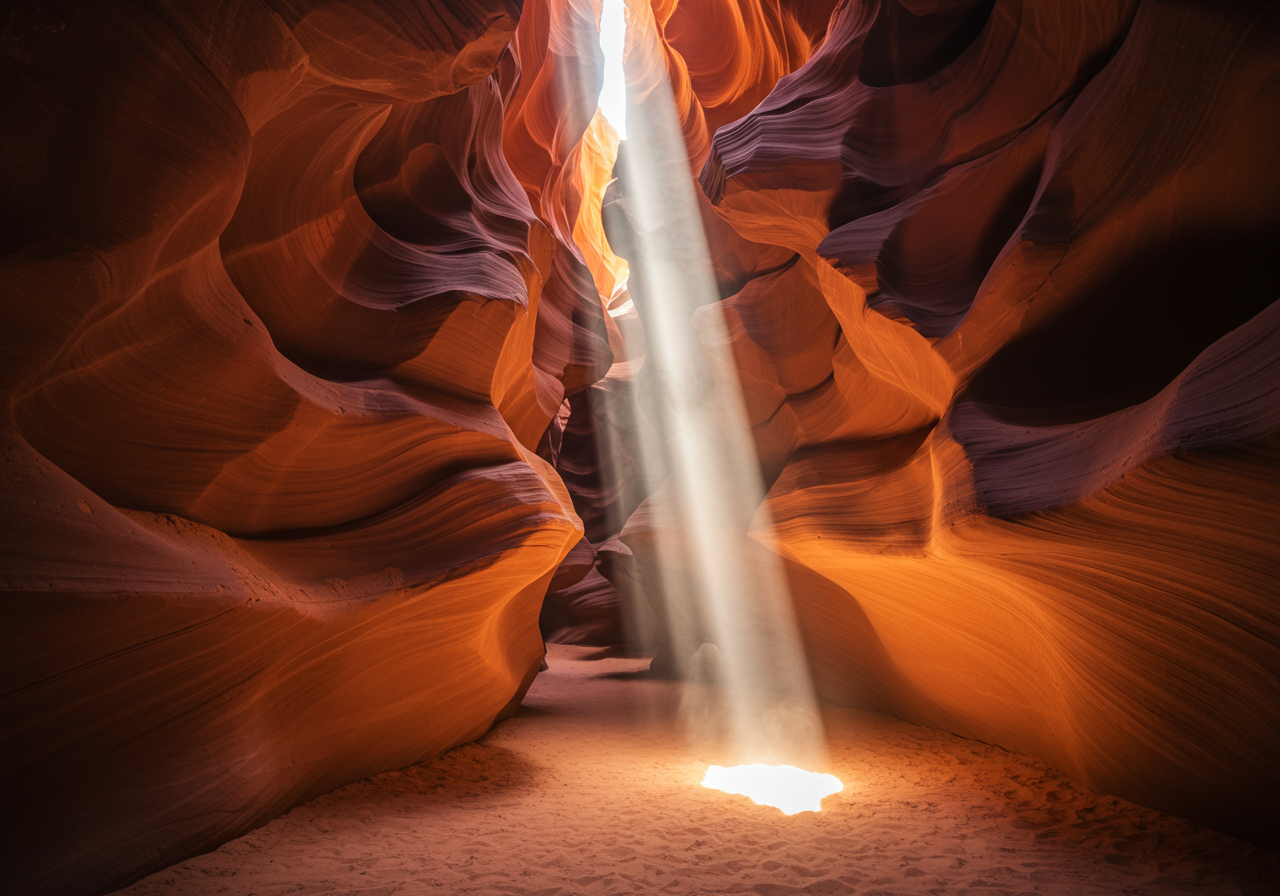
Visitor’s Reminder:
It’s important to remember that many of these places have stayed beautiful, clean, and intact simply due to the fact that they are lesser known points of interest. It’s humbling and somewhat somber to realize just our presence has been so harmful to many of the National Parks and well known places of interest around the country. If you visit any of these beautiful destinations, make sure you are making a conscious effort to leave it better than you found it.
This means picking up your trash (or any you see, even if it’s not yours), being respectful of plants and animals that call this place home, and following all rules and regulations posted, such as not feeding animals, or staying on trails. Even if there isn’t a sign stating to do so, never embark off of a designated trail. Doing so greatly affects the erosion of the natural landscape, and your picture on the edge of that cliff is definitely not worth that. You might think it’s fine if “just you” do it. But thousands of people doing so adds up to a detrimental effect on the land. Treating these places with the reverence and respect they deserve helps to ensure they will be around for the enjoyment of generations to come.
